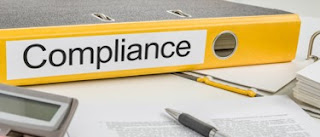Sleepless nights, and business owners

What keeps the business owner up at night? I am talking about owners of the micro, small, and in some cases medium sized business; those owners who on a daily basis put their heart and soul into building their business and doing all they can to keep it running successfully; making profit; keeping customers happy; employing people etc. The farthest thing from their minds will be information and cyber security. It could even be suggested that the mere mention of the subject is likely to result in a furrowed brow followed by, this is what I pay the IT Service Provider to look after. It is not surprising then that the evangelist, having worked in the information and cyber security space for many years, comes across disinterest; disregard; and perhaps just a bit of indifference when the subject is raised. That is not meant to insult the business owners, it’s simply a fact of the evangelist's life. For 20 years and more so many thoughts around how to change mind-s...






